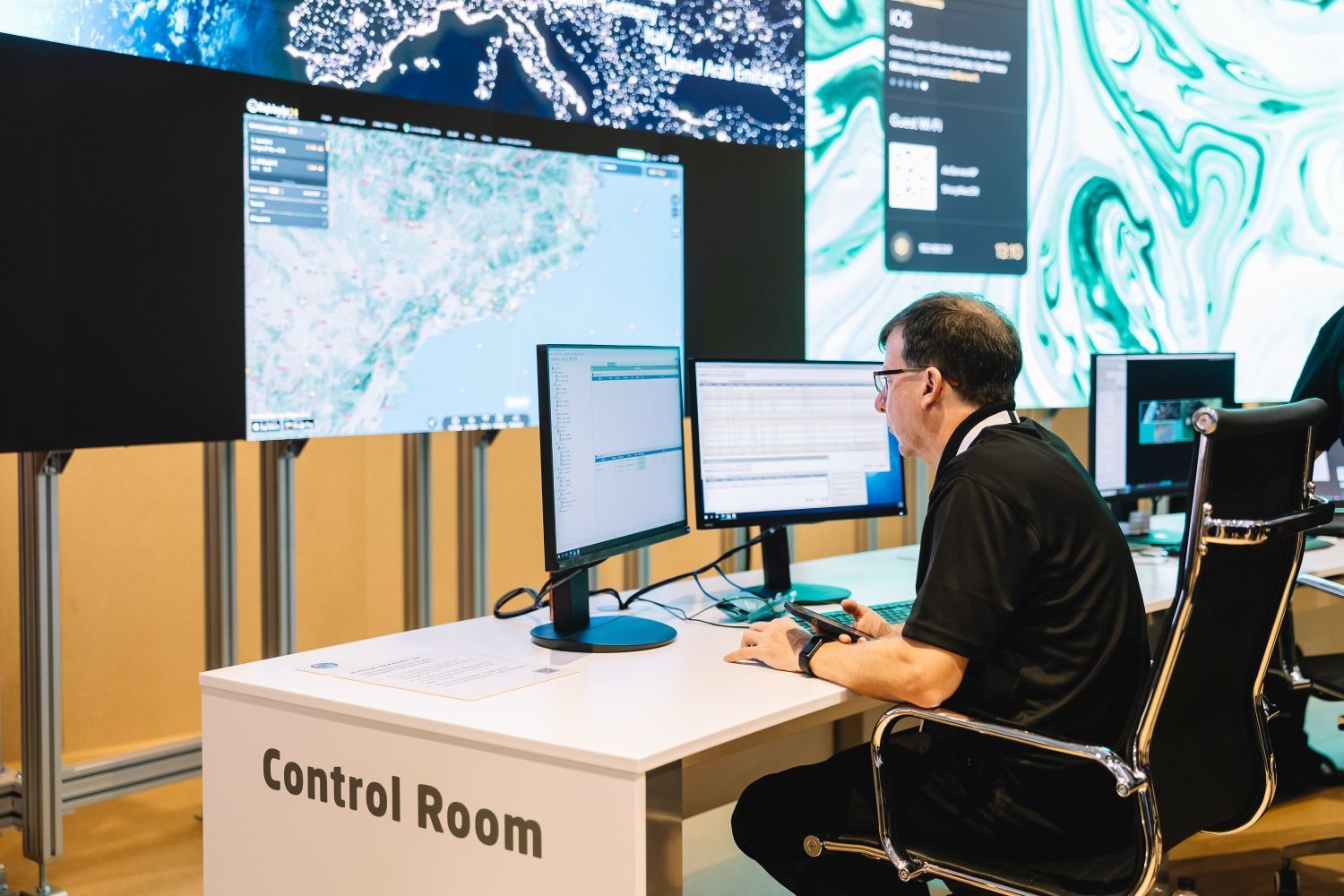The most profound changes that have galvanised AV across commercial and residential sectors have been driven by IT in ways that are still unwinding.
 “Information technology has had the biggest change on every technology-led industry,” says Chris Mcintyre-Brown, Managing Director, Futuresource Consulting. “Once a product is visible on a network you can control it differently. You can monetise it and think about linking different tech into it. You are inherently more flexible in your approach to business.”
“Information technology has had the biggest change on every technology-led industry,” says Chris Mcintyre-Brown, Managing Director, Futuresource Consulting. “Once a product is visible on a network you can control it differently. You can monetise it and think about linking different tech into it. You are inherently more flexible in your approach to business.”
In his 2000 book The Invisible Computer, visionary cognitive engineer Donald Norman argued that computers were so complex that companies must reverse their development approach to product design. They must first understand what the user needs, he wrote, and only then apply the technology.
Norman was prophesying a path to success that it took the AV industry years to fully appreciate.
“In the early 2000s AV became aware of the digital transition, the urge to embrace cloud and as-a-service business models,” says industry consultant Bob Snyder. “But at the time we felt we were artisans of video and didn’t want to operate in that commodified IT space. Our industry has been dragged along ever since in the wake of this huge juggernaut.”
IT and the ‘softwarification’ of products hit adjacent industries like broadcast hard too. The high margins made by some companies during the previous decade were gradually eroded. Box shifters who added no value to product sales lost out as IT broke down the cost of manufacture and delivery. The resale business faded, with many resellers adapting into integrators.
“Information technology has had the biggest change on every technology-led industry”
Chris Mcintyre-Brown, Managing Director, Futuresource Consulting
“At the time, plenty of pundits, including many systems control manufacturers, were convinced that AV would be taken over or even ‘steamrollered’ by IT,” says Peter Lloyd, industry consultant. “In the event, fast networks, software codecs and room control software running on generic hardware, including touch screens, was liberating – if not for all.”
“IT has probably been the single most potent force on the AV industry,” agrees Snyder. “The industry had to adjust and it while it was traumatic for some, others embraced it.”
“Twenty years ago, the fear was that IT was going to put us all out of business,” recalls Dan Goldstein, Chief Marketing Officer, AVIXA. “While some small to mid-sized AV firms didn’t embrace digitisation as quickly as they could and got caught out.”
He recalls seeing a demo of the world’s first networked projector in 2003 and wondered at the possibilities of being able to upload files for display.
“At the time it seemed a niche application but now we take it for granted that almost any device is essentially an end point on a network.”
In 2010, the industry was buzzing again with the Internet of Things (IOT) which renewed fears that IT would fundamentally disrupt the AV business. That didn’t materialise either.
“We realised that we were already in an IoT world,” Goldstein says. “Now, pretty much every AV device sits on an IP network.”
Two other ‘buzz’ areas gaining more and more attention from the mid-2000s were collaboration and conferencing. “Both were held back by hardware and network problems,” says Lloyd. “How, for example, could content be managed in a meeting with on-screen ‘contributions’ coming from multiple sources such as laptops? And how could external contributions to a videoconferencing session – such as links to a remote office, a supplier or a customer – be accommodated without investment in additional hardware codecs (costing thousands of euros per channel) and dedicated lines?”
Fibre broadband, a service provided to the AV sector by a combination of IT and telecoms, gradually solved both issues, “to the point at which nobody needed to buy a new codec to expand their collaborative conferencing activities, they just had to take out a Zoom or Microsoft Teams licence.”
The kind of remote working used to keep organisations running during the pandemic would have been inconceivable only a few years earlier.
>> Next: Systems integration adapts and matures


